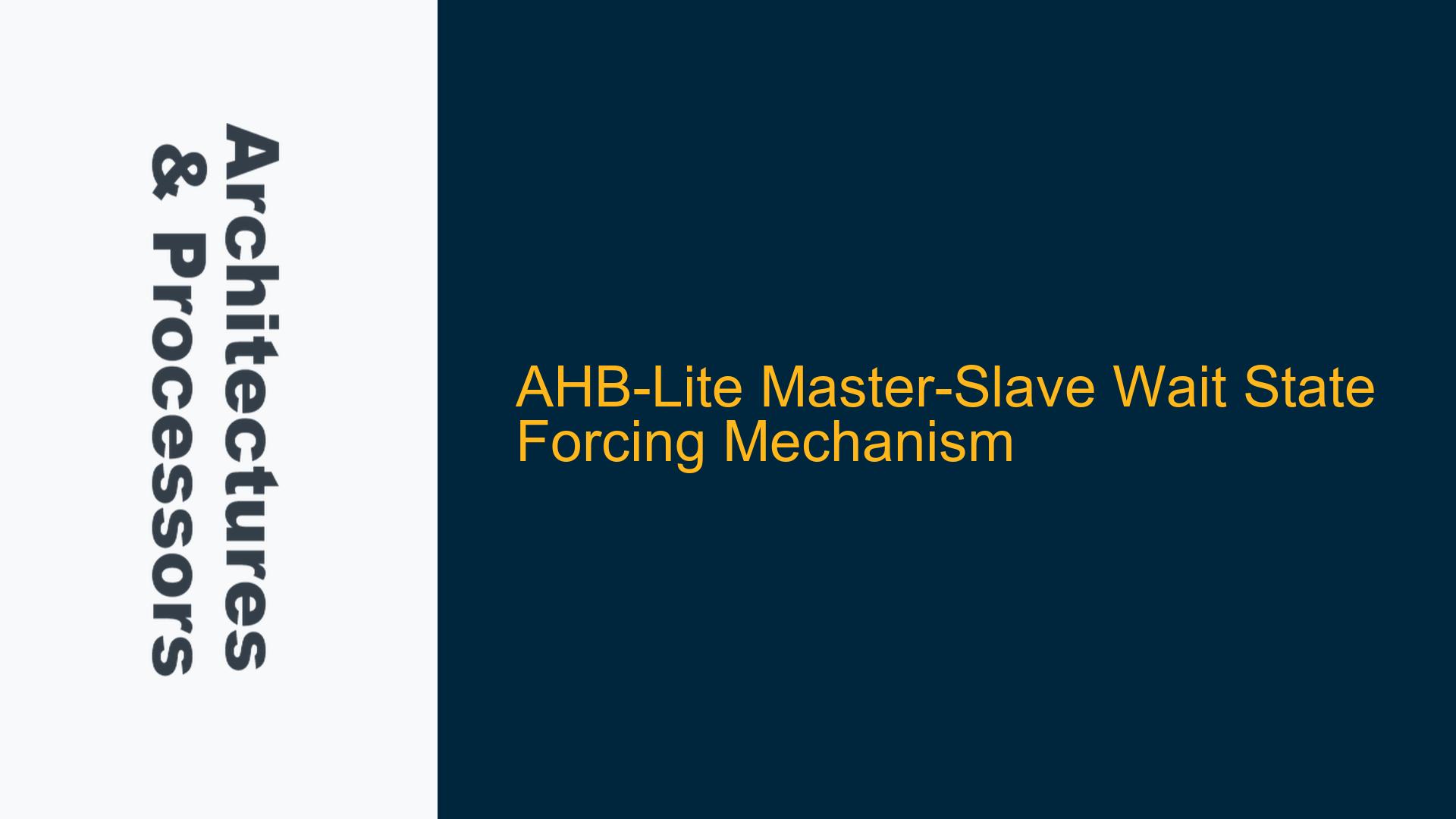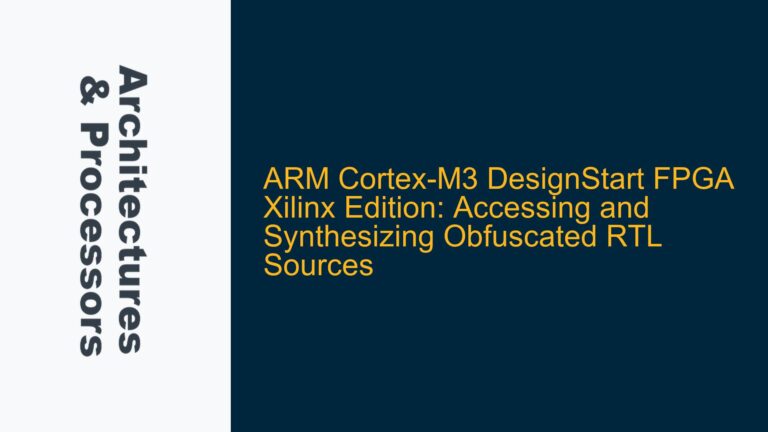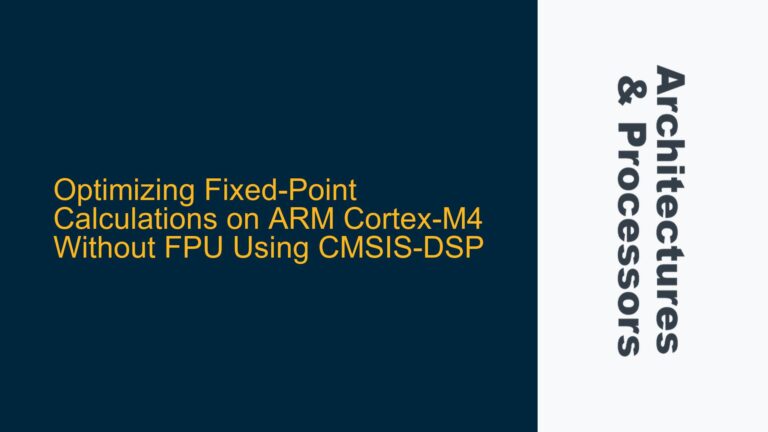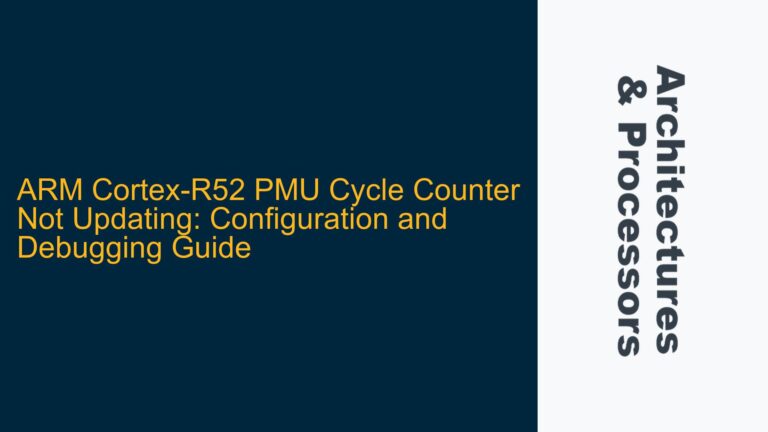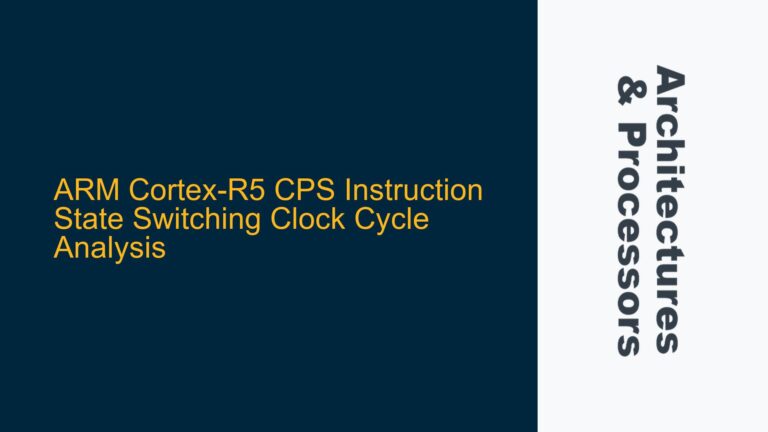AHB-Lite Protocol Constraints on Wait State Handling
The AHB-Lite protocol, a simplified version of the Advanced High-performance Bus (AHB), is designed for single-master systems and is widely used in ARM-based SoCs. One of the critical aspects of the AHB-Lite protocol is its handling of wait states, which are signaled by the HREADY signal. When HREADY is low, it indicates that the current transfer is not yet complete, and the system must wait until HREADY goes high before proceeding with the next transfer. This mechanism ensures data integrity and proper synchronization between the master and slave devices.
In a typical AHB-Lite system, the master initiates a transfer by driving the address and control signals onto the bus. The slave device responds by driving the HREADY signal. If the slave is not ready to complete the transfer, it drives HREADY low, effectively inserting wait states. During this period, the master is stalled, and no new transfers can be initiated until the current transfer completes. This behavior is fundamental to the AHB-Lite protocol and is crucial for maintaining the correct sequence of operations.
However, in some scenarios, it may be desirable to allow the master to initiate new transfers even when the current transfer has not yet completed. This could be particularly useful in systems where multiple slaves are involved, and the master needs to maintain high throughput by overlapping transactions. The challenge lies in implementing such a mechanism without violating the AHB-Lite protocol constraints, which strictly govern the behavior of the HREADY signal and the sequencing of transfers.
Master-Slave Synchronization and HREADY Signal Dependency
The core of the issue revolves around the dependency between the HREADY signal and the ability of the master to initiate new transfers. In a standard AHB-Lite system, the HREADY signal is shared across all slaves, and its state directly affects the master’s ability to proceed with new transactions. When HREADY is low, the master is effectively stalled, and any new address phase requests are delayed until the current data phase completes.
In the scenario described, the master is engaged in a data phase transfer with Slave 1, during which HREADY is driven low, indicating that the transfer is not yet complete. Simultaneously, the master attempts to initiate a new address phase transfer with Slave 2. According to the AHB-Lite protocol, this new transfer should be delayed until the current transfer with Slave 1 completes, as indicated by HREADY going high. This behavior ensures that the master does not overwhelm the bus with multiple overlapping transactions, which could lead to data corruption or loss of synchronization.
However, the user’s goal is to modify this behavior such that the master can force the slaves to respond to new requests even when HREADY is low. This would require a significant deviation from the standard AHB-Lite protocol, as it would involve decoupling the HREADY signal from the master’s ability to initiate new transfers. This decoupling would need to be carefully managed to avoid violating the protocol’s timing and synchronization requirements.
The proposed solution involves introducing separate HREADY signals for the address and data phases, effectively allowing the master to proceed with new address phase transfers even when the data phase of a previous transfer is still ongoing. This approach would require modifications to both the master and slave interfaces, as well as careful consideration of the timing implications. The master would need to be able to handle multiple concurrent transfers, each with its own HREADY signal, while ensuring that the overall system remains synchronized and that data integrity is maintained.
Implementing Dual HREADY Signals and Protocol Compliance
To achieve the desired behavior, the system must be modified to support dual HREADY signals: one for the address phase and one for the data phase. This modification would allow the master to initiate new address phase transfers even when the data phase of a previous transfer is still ongoing, as indicated by a low HREADY signal. However, this approach introduces several challenges that must be addressed to ensure protocol compliance and system stability.
First, the master must be designed to handle multiple concurrent transfers, each with its own HREADY signal. This requires modifications to the master’s state machine to track the status of each transfer independently. The master must be able to determine when it is safe to initiate new transfers based on the state of the address phase HREADY signal, while still respecting the data phase HREADY signal for ongoing transfers.
Second, the slaves must be modified to support the dual HREADY signal scheme. Each slave must be able to drive its own HREADY signal for both the address and data phases, and must be able to handle overlapping transfers from the master. This requires careful design of the slave’s state machine to ensure that it can correctly process new address phase requests while still completing the data phase of previous transfers.
Third, the bus fabric must be modified to support the dual HREADY signal scheme. The bus fabric must be able to route the address and data phase HREADY signals correctly to the appropriate slaves, and must ensure that the overall system remains synchronized. This may require additional logic to manage the timing and sequencing of the HREADY signals, as well as to handle any potential conflicts or race conditions that may arise.
Finally, the system must be thoroughly verified to ensure that the modifications do not introduce any new issues or violate the AHB-Lite protocol. This requires extensive simulation and testing to validate the behavior of the modified system under a wide range of conditions, including corner cases and edge cases. The verification process must include both functional testing to ensure that the system behaves as expected, and timing analysis to ensure that the system meets the protocol’s timing requirements.
In conclusion, while it is possible to modify an AHB-Lite system to allow the master to force slaves to respond to new requests even when HREADY is low, this requires significant modifications to the master, slaves, and bus fabric. These modifications must be carefully designed and thoroughly verified to ensure that the system remains compliant with the AHB-Lite protocol and that data integrity and synchronization are maintained. The proposed dual HREADY signal scheme is a potential solution, but it introduces several challenges that must be addressed to ensure a successful implementation.
